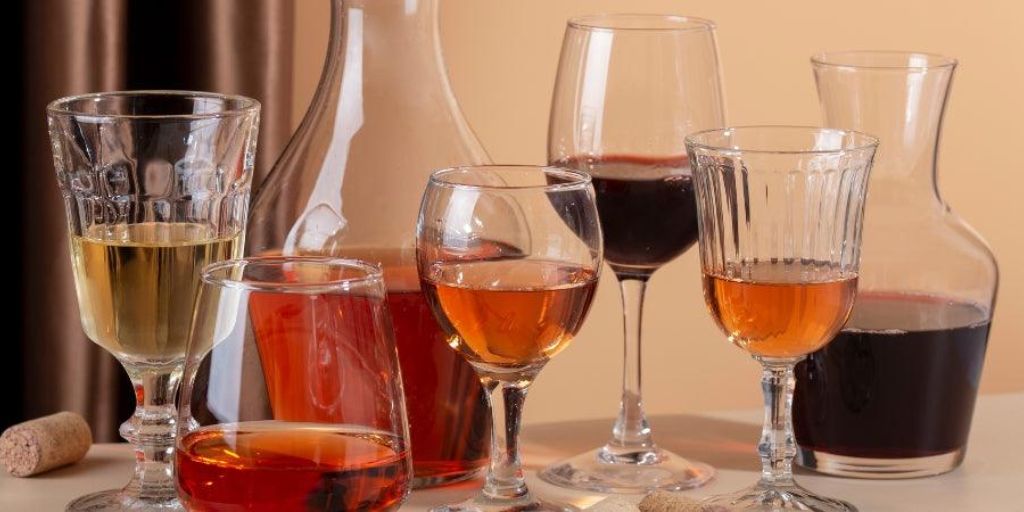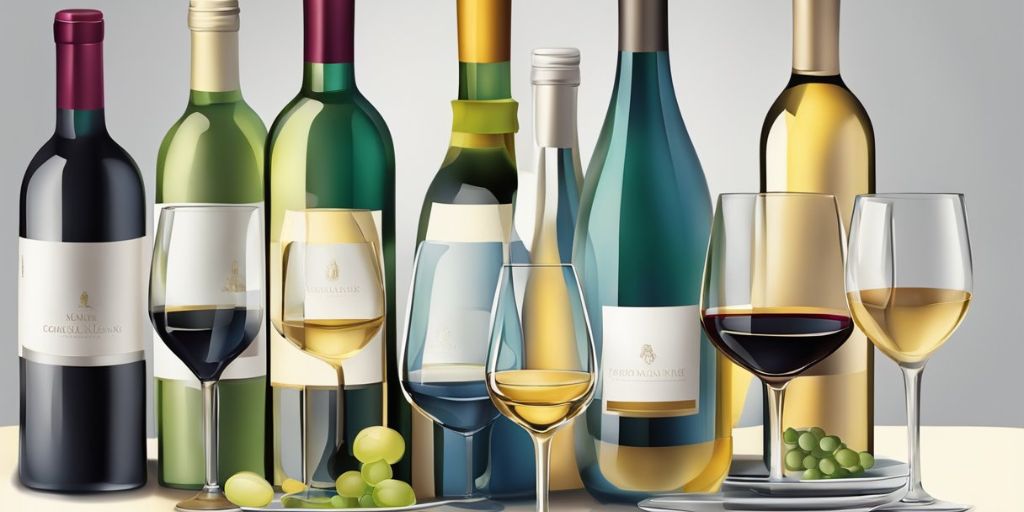Wine lovers know that the right glass can enhance the drinking experience, elevating aromas and flavors while adding elegance to the moment. But with so many shapes, sizes, and styles available, choosing the best wine glass can feel overwhelming. Does the glass really make a difference? Which type is best for red, white, or sparkling wine? And do you need a different glass for every varietal?
In this guide, we’ll break down how wine glasses influence taste, what to look for when choosing one, and how to build a versatile collection without cluttering your cupboard.
Why Wine Glasses Matter
The shape and design of a wine glass influence how wine behaves in the glass—and how it interacts with your senses. The glass’s bowl, rim, and stem all play key roles:
-
Bowl shape: Affects how aromas are concentrated and how much oxygen interacts with the wine.
-
Rim diameter: Influences how wine flows onto your tongue, affecting taste perception.
-
Stem: Allows you to hold the glass without warming the wine with your hand.
A well-designed wine glass can amplify a wine’s aroma and highlight its best qualities, while a poor one can mute or distort flavors.
Basic Wine Glass Types
-
Red Wine Glasses
Red wine glasses typically have larger, rounder bowls. This allows more oxygen to interact with the wine, softening tannins and opening up complex aromas. Common types include:
-
Bordeaux Glass: Tall with a broad bowl, ideal for full-bodied reds like Cabernet Sauvignon, Merlot, and Malbec. The large size directs the wine to the back of the mouth, emphasizing bold flavors.
-
Burgundy Glass: Wider and rounder than Bordeaux glasses, designed for lighter reds like Pinot Noir. The bowl’s shape enhances delicate aromas and directs wine to the tip of the tongue.
-
-
White Wine Glasses
White wine glasses are generally smaller with narrower bowls. This preserves the wine’s crispness and focuses its aromas.
-
Standard White Wine Glass: Suitable for Sauvignon Blanc, Pinot Grigio, and other crisp whites.
-
Chardonnay Glass: Slightly wider to allow fuller-bodied whites to breathe, often used for oaked wines.
-
-
Sparkling Wine Glasses
-
Flute: Tall and narrow, preserving bubbles and showcasing effervescence. Best for Champagne, Prosecco, and other sparkling wines.
-
Tulip: Similar to a flute but with a slightly wider bowl, allowing better aroma concentration while maintaining bubbles.
-
-
Dessert Wine Glasses
Small glasses with a narrow bowl concentrate sweetness and aroma, perfect for Port, Sauternes, and other dessert wines.
Stem vs. Stemless
Stemless wine glasses have gained popularity for their casual feel and practicality (less prone to tipping). While convenient, they warm the wine more quickly due to direct hand contact and may lack the finesse of stemmed glasses. For serious tastings or formal occasions, stemmed glasses are usually preferred.
Material Considerations
-
Crystal vs. Glass: Crystal glasses are thinner and often considered superior because they enhance clarity and allow a finer rim. They’re more delicate and typically more expensive. High-quality glass options, however, are durable and perfectly fine for everyday use.
-
Hand-Blown vs. Machine-Made: Hand-blown glasses are usually lighter and more refined but come with a higher price tag. Machine-made glasses offer uniformity and affordability.
Size Matters
Larger glasses allow more oxygen to interact with wine, unlocking flavors and aromas. However, this doesn’t mean filling the glass to the top—pour about one-third full to allow swirling and aeration.
Do You Really Need a Different Glass for Every Wine?
While wine glass makers offer a dizzying array of varietal-specific glasses, most wine drinkers can get by with just a few versatile types:
-
A universal glass with a medium-sized bowl works well for most reds and whites.
-
Add a flute or tulip for sparkling wines.
-
Keep a smaller glass for dessert wines if you enjoy them regularly.

Top Tips for Choosing the Best Wine Glass
-
Match Glass to Wine Type: If you drink mostly reds, invest in quality red wine glasses first. The same goes for whites or sparkling.
-
Go for Thin Rims: A thinner rim feels smoother and lets the wine flow more gracefully.
-
Consider Your Lifestyle: If you entertain often or want dishwasher-safe glasses, look for durable options that balance function with style.
-
Test in Person When Possible: Hold the glass in your hand. Is it comfortable? Is it balanced? These tactile elements matter as much as aesthetics.
Caring for Your Glasses
-
Hand Wash Preferred: Even dishwasher-safe glasses last longer with gentle hand washing. Use warm water, a mild detergent, and a soft sponge.
-
Dry with a Lint-Free Cloth: Prevent water spots and streaks by drying immediately with a microfiber cloth.
-
Store Carefully: Avoid stacking glasses, and give them enough space to prevent chipping.
Budget-Friendly Picks
You don’t need to spend a fortune for quality. Brands like Schott Zwiesel, Riedel, and Libbey offer excellent options at various price points. For a good starter set, a universal glass from these brands is a solid choice.
Final Thoughts
Choosing the best wine glass is as much about your personal preferences and habits as it is about technical details. Whether you invest in varietal-specific designs or keep things simple with an all-purpose option, the most important thing is that your glass enhances your enjoyment of wine. By focusing on key features like bowl size, rim thickness, and comfort, you’ll find the perfect glass to elevate every sip.


